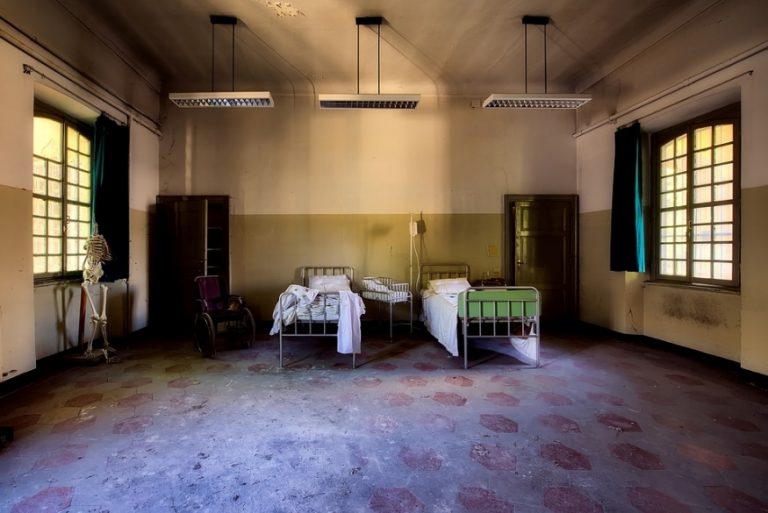A recent article in The British Medical Journal highlights the impact of a web based aid to help in the decision for either admission for observation or referral for outpatient workup in those with chest pain. Low-risk chest pain patients are frequently admitted for observation and further testing because it is sometimes difficult to predict which patients are at risk for acute coronary syndrome and sudden death. Sometimes patients are admitted to the hospital even when risk is very low. The article, “Shared decision making in patients with low risk chest pain: prospective randomized pragmatic trial” by Hess et al found that when a shared decision aid was used for them to understand this risk and make their own decisions about admission, patients not only had greater knowledge of their risk for acute coronary syndrome and options for care, but also preferred outpatient follow-up to admission1. Dr. Hess’s results were noted in the most recent SAEM Academic Emergency Medicine Consensus Statement on shared decision making as one of the few ED-based publications on shared decision making2.
The study took place in six emergency departments across the US where adult patients presenting with the chief complaint of chest pain were considered for inclusion. Patients were excluded if they had ischemic changes on ECG, an initial troponin greater than the 99th percentile, had known coronary artery disease, recent cocaine use, or had prior cardiac interventions or admissions. For patients in the treatment group, the treating physician used an online tool to determine the pretest probability of acute coronary syndrome. This web-based tool, previously recognized by in a 2014 Circulation article, utilizes ECGs, troponin results, and the patient’s age, sex, and risk factors to help determine the pretest probability for acute coronary syndrome3. The physician then presented the patient with the decision aid and educated the patient on the test results and potential need for observation or further outpatient workup. Together, a shared decision was made between the patient and physician regarding disposition.

The primary outcome of this study was patient knowledge (tested with knowledge-based questions), while secondary outcomes centered on the degree of uncertainty patients experience when making a choice. This was determined by using a decisional conflict scale, which scores 16 individual items to determine certainty patients feel when deciding which treatment option to take. Overall, 3,236 patients were assessed for eligibility from 2013 to 2015, with a total of 913 patients enrolled, and the authors collected follow-up data for 92.2% of patients.
This study found that those patients presented with the decision aid had greater knowledge (tested by questions about their 45-day risk of ACS and knowledge about ACS) and significantly less decisional conflict. More patients in the decision aid group opted for outpatient testing than the control group (30.2% vs 17.2%). The rate of coronary revascularization, admission to hospital, readmission or repeat emergency department visits did not differ between the groups.
Patient-centered care was first coined in 1988 to emphasize the need to shift the focus of modern medicine aware from disease and back to the patient. Shared decision making provides the patient with better understanding of proposed therapies, while the physician gains insight into the patient’s values and goals. When there are multiple options supported by evidence, shared decision making tools help determine the best option for each patient. In the current medical environment, many physicians may feel pressed to admit patients with what is typically considered “low risk” chest pain because of an assumed patient preference for maximum treatment and intervention. When patients have minimal knowledge about a disease process and physicians are concerned about potential medical and legal effects of a missed diagnosis, there is a lower threshold for further testing and admission. This is estimated to result in approximately $7 billion in unnecessary hospitalizations, false-positive tests, and invasive investigations. Shared decision making tools such as the one tested in this study not only increase patient knowledge and decrease their decisional conflict, but can also decrease admissions and overuse of medical resources. The shift in patient care to better incorporate patient preferences can safely allow for more responsible resource utilization while providing safe and appropriate outpatient follow-up.

References:
1. Hess EP, Hollander JE, Schaffer JT, et al. Shared decision making in patients with low risk chest pain: prospective randomized pragmatic trial. BMJ 2016;355:i6165.
2. Grudzen CR, Anderson JR, Carpenter CR, Hess EP. The 2016 Academic Emergency Medicine Consensus Conference, Shared Decision Making in the Emergency Department: Development of a Policy-relevant Patient-centered Research Agenda May 10, 2016, New Orleans, LA. Acad Emerg Med 2016;23:1313-9.
3. Kline JA, Jones AE, Shapiro NI, et al. Multicenter, randomized trial of quantitative pretest probability to reduce unnecessary medical radiation exposure in emergency department patients with chest pain and dyspnea. Circ Cardiovasc Imaging 2014;7:66-73.
Evan Kuhl, MD is an Emergency Medicine Resident at The George Washington University Hospital














